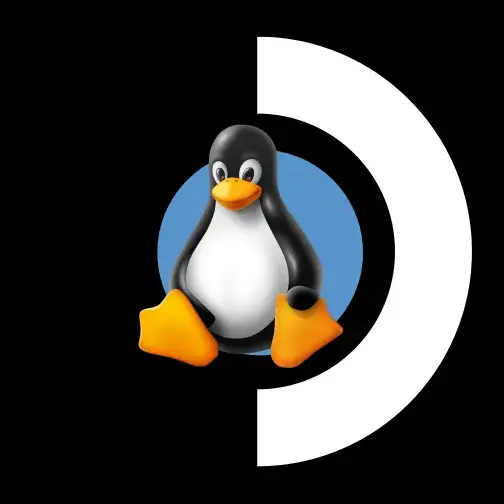

Most simply put, it’s a layer that allows a computer program expecting windows to run on Linux. It isn’t emulating anything, just sorta like translating.
Think of it like a language. Windows speaks English, so a program expects to talk in English. But let’s pretend like Linux talks Spanish. Proton translates the English commands to Spanish for Linux to understand and execute, and then Proton converts the responses back to English for the program.






I think the example you’re using is closer to emulation.
I’m not an expert by any means, most of my technology experience comes from hardware. But Proton isn’t changing the Linux ecosystem, and the programs are still expecting a windows environment when they’re run via Proton.
From what I recall, Linux and windows can both do the same stuff, they just have different names or different ways to ask for resources. And Proton receives the request for whatever and converts it to the Linux equivalent.
It’s not nearly as bad as it was in the past, now that the graphics APIs are system agnostic.